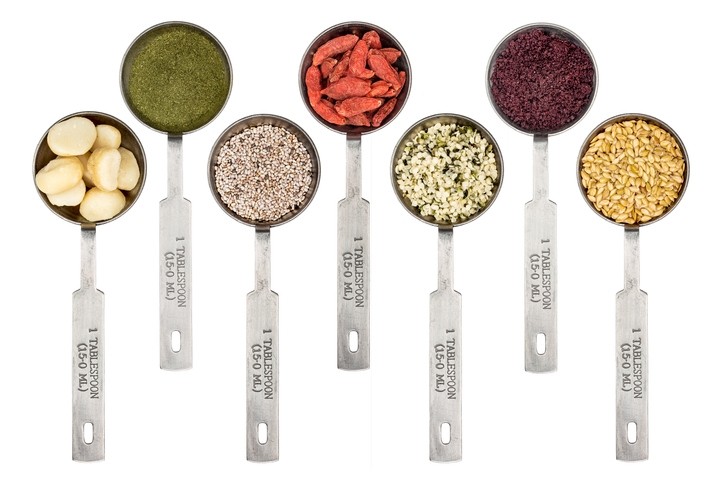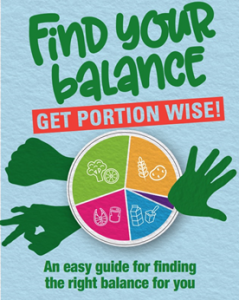British Nutrition Foundation launches portion size guide: ‘It’s not just about eating less but eating differently’

The guide, which uses simple hand and spoon measurements to estimate portions, is designed to complement the UK government’s Eatwell Guide.
Bridget Benelam, a nutrition scientist at the BNF, explained that excessive portion sizes are thought to be a factor contributing to the country’s obesity epidemic. According to UK government data, 57% of UK women and 66% of men are classified as either overweight or obese.
“There are many factors behind current levels of obesity but portion size is likely to be one of them. Data suggest that adults are consuming 2-300kcal more then we need and so controlling portion size is an important way to get back to a healthier level of intake,” Benelam told FoodNavigator.
Lack of awareness
The BNF found that people aren’t really aware of the portion sizes they consume. “When we tested the resources we found that people didn’t seem to consider portion size when eating and this was much more influenced by their habits, how they felt or how much they were served.”
Within its portion size guide, the BNF has advised how often the suggested portions of foods from different food groups should be eaten during the day, and demonstrates how to put this into practice with an example meal plan. The food groups include:
• Fruit and vegetables – 5+ portions per day
• Starchy carbohydrates – 3-4 portions per day
• Protein foods – 2-3 portions per day
• Dairy and alternatives – 2-3 portions per day
• Unsaturated oils and spreads – small amounts
The BNF’s suggested serving for cooked pasta is 180 grams, or 254kcal. But when the researchers looked at real-life portion sizes for spaghetti it transpired people are actually eating much more than this.
“The most commonly consumed size was 230 grams (324kcal) and about 10% of the sample we looked at were consuming 350 grams as a portion, which would provide nearly 500 calories from the pasta alone, before sauces and sides were added to the meal,” Benelam stressed.
“We do hope to raise awareness in this guidance as having a quick check of portion sizes using the practical measures we’ve provided may really help people have a more appropriate calorie intake.”
Find Your Balance
To develop the portion size guidelines, the BNF’s nutrition scientists reviewed portion size guidelines in other countries, analysed portion sizes currently consumed in the UK and looked at what is available for consumers on supermarket shelves. Based on this, they developed guidelines for eating ‘sensible portion sizes’ based on an average daily calorie allowance of 2000Kcal.
The BNF has developed three free resources: a fridge poster which provides an overview of the advice; a booklet which expands on how to put the portion guidelines into practice; and a longer digital resource, which is downloadable.
‘It’s not just about eating less’
Benelam said this work comes in support to efforts from Public Health England to cut calorie and sugar consumption, which includes work on portions. “Anything else that those in industry can do to encourage sensible portion sizes is welcome,” Benelam said.
However, the nutritionist stressed, BNF isn’t just concentrating on people to eat less. The Foundation also advises that people should adjust their diets to increase consumption of healthier foods.
“It’s not just about eating less. For fruit and vegetables, provided that fats, oils or sugars aren’t added, then you can eat big portions of these for relatively few calories and so there’s now need to hold back on portion size. We’re also not eating enough of foods like wholegrains, pulses and fish and so we should actually be eating more of these.”



















